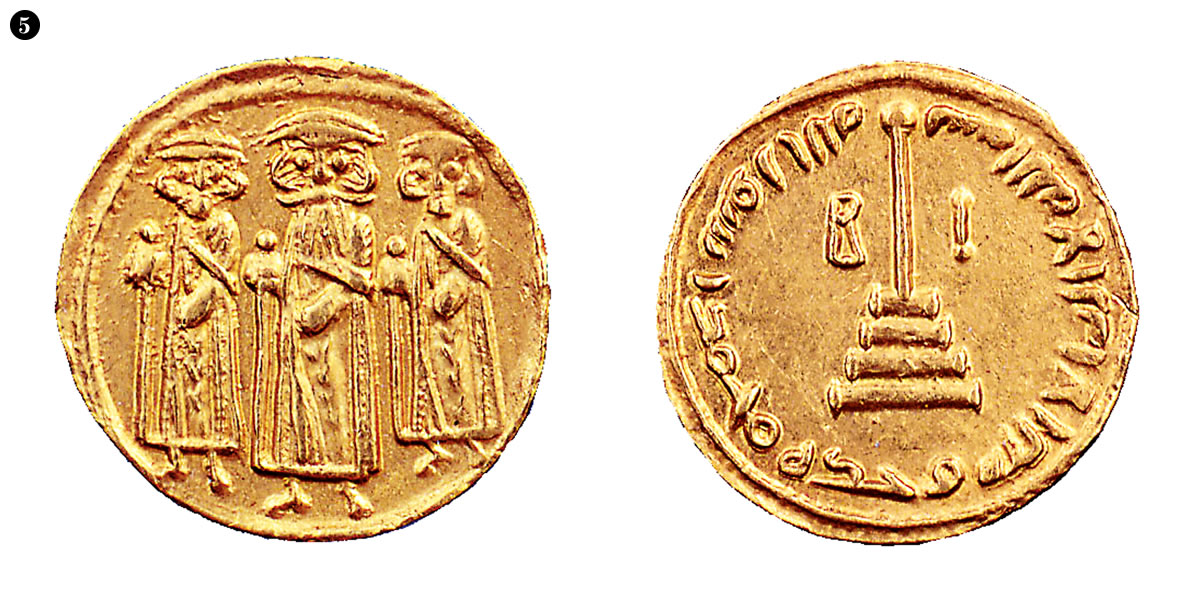Review of the book, ‘Islamic Calligraphy on Medieval Indian Coins’ written by Danish Moin, Head of the Department of History, Maulana Azad National Urdu University, Hyderabad.
–Tasbeel Umar Haydri
Dr. Danish Moin is a Numismatist and has an ardent interest in the study of coins, especially Medieval Coins. In this book, he allows the reader to travel and explore through the history of coinage from Islamic perspective. The book covers an array of calligraphy used in the coins from the period of Amirs of Sind (8-9th century) to the Nizam of Hyderabad (19-20th century). Aside from Calligraphy, the book also focuses on the metal used and the contents of the coins.

The book starts with an introduction of the coins minted in the Sind region of the Indian subcontinent. These were minted by the two authorities, Arab governors of Umayyad Caliphs and the Amirs of Sind, who instructed the inscription of the Kalimawith their name in Kufic script. This style of inscription continued until Iltutmish, who legitimized his rule by implementing the name of The Abbasid Caliphate and Hijri year with the mint. Iltutmish is also credited with the introduction of Naskhi script and minting bilingual coins.
The content of the coin goes through frequent transitions during the Delhi Sultanate period, such as the introduction of the Abbasid Caliph’s name and removing their name and later on the name of the first four caliphs were found in the coins of Muhammad bin Tughlaq.
New Scripts such as Muhaqqaq, Tughra, Nastaliq were developed later on. Sher Shah Suri introduced the word Rupiya for the first time which now is the Indian currency. There is also mention of regional coins of states such as Junagarh, Bengal, Kashmir, and Gujarat. The author also covers the south Indian Bahamani Sultans.
Coins of this dynasty need special mention due to its sectoral difference, the Shia kingdom of Bijapur had removed the names of the first three caliphs, and only Ali’s name was inserted in their coins and they have used the Shia Kalimatoo. They also minted their coins in different calligraphy from Tughra which later changed with Nastaliq and Muhaqqaq.

The latter chapters deal with the Mughal and Successor state coins. The Mughal period developed the Nastaliq calligraphy towards perfection and also attention was paid to floral and geometric designs. The successor states like the Hyderabad and Peshwas carried on with the Mughal type Islamic coinage.
The book ends with a brief conclusion with reference to the British takeover and their carrying forward the Mughal Coins and later on developing their coinage, which is a whole new topic. This book is well researched, easy to read and with pictorial references, it makes the reader to have a graphical representation of the coins.
It carries the whole story of Islamic coinage calligraphy smoothly and keeps the reader engaged. This book is something to start in the study of Medieval Coinage. One who has an interest in numismatics especially in medieval Indian coins should go for this. The book is detailed yet easy to read.





